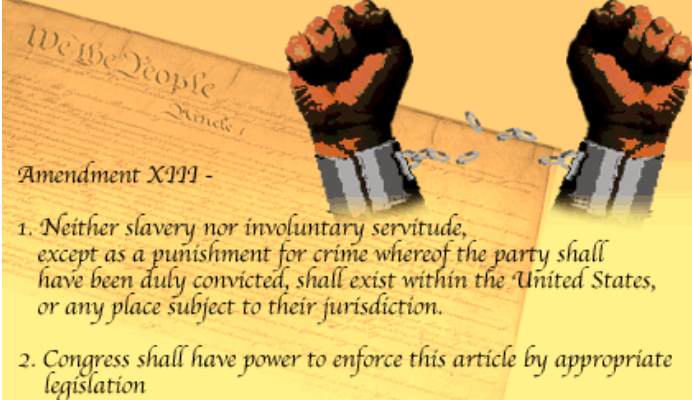February 2, 1862 Congress abolished slavery in the District of Columbia, an important step on the road to freedom for all Black Americans
1862 was a pivotal year toward ending slavery in America. The bill, S. 108, was referred to the Committee on the District of Columbia which reported it with amendments in February 1862. During the Civil War Charles Sumner, the senior senator from Massachusetts informed President Lincoln that he was the largest slaveholder. The abolitionist asked President Lincoln:
Do you know who is at this moment the largest slaveholder in the United States….holds all the slaves of the District of Columbia?
In his question, Charles Sumner was referring to the fact that the federal government was empowered in the US Constitution to “exercise exclusive legislation” over the federal district. Abolitionists used what’s known as The DC Compensated Emancipation Act, as a way to end slavery in the nation’s capital.
In December 1861, Henry Wilson, the junior Massachusetts senator, introduced a similar bill in Congress to end slavery in Washington, DC. despite opposition from slaveholders, and the bill passed. The Senate approved the bill on April 3, 1862, by a vote of 29 to 14, and the House of Representatives on April 12, 1862. President Lincoln signed the legislation on April 16, 1862.
The legislation was titled, “An Act for the Release of Certain Persons Held to Service or Labor in the District of Columbia”; it freed the 3,100 men, women, and children still enslaved in 1862. The act also allowed slaveowners to be compensated up to $300 for each individual they had legally owned. In addition, newly-freed African Americans could receive up to $100 if they emigrate to another country.
As we reflect on Black History this month, let us remember the great steps that have been taken toward the freedom of Black Americans today.
